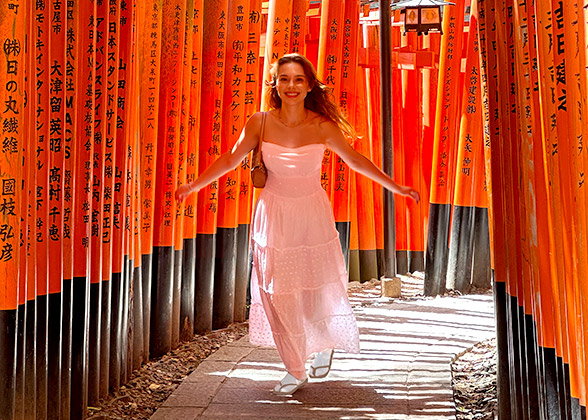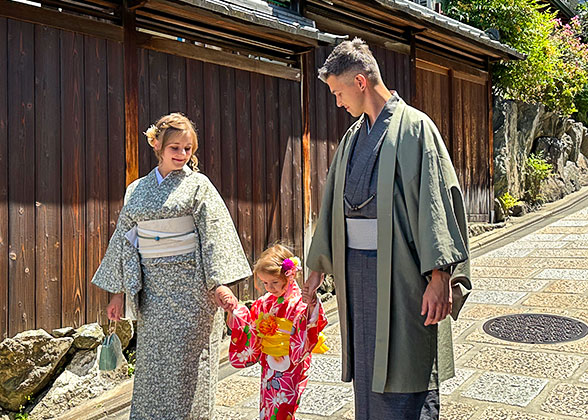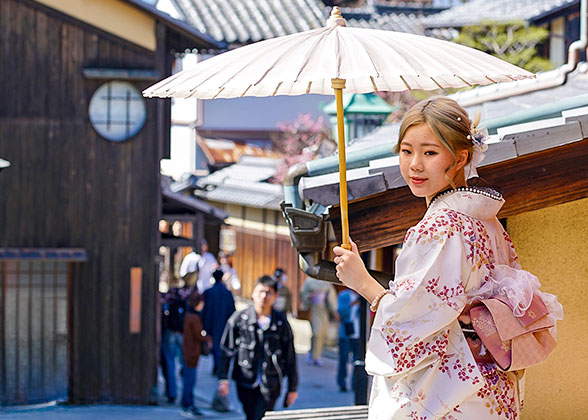Itinerary |
7:40 - 8:10 Meet Your Guide
► Check-in Reception Time: 7:40 - 8:10. Please arrive and complete check-in at least 15 minutes before our departure at 8:25.
► Meeting Place: Keio Plaza Hotel Tokyo Main Tower 3F Check-in Counter, 2 Chome-2-1 Nishishinjuku, Shinjuku, Tokyo ► How to Get: Take the Keio Line, the Odakyu Line, the Marunouchi Line, or the Toei Shinjuku Line to Shinjuku Station, and walk for 5 minutes from the West Exit; or take the Toei Oedo Line to Tochomae Station, with direct access to the hotel from Exit B1. ► Advice for Hotel Selection: Since the gathering place and drop-off location are both near Shinjuku Station, it is advisable to book a hotel nearby for convenience. |
Ascend to Mount Fuji 5th Station
|
Have Lunch
|
Enjoy a Lake Ashi Cruise in Hakone
|
Discover the Komagatake Mountaintop via Ropeway
|
18:00 - 21:00 Return to Shinjuku, Tokyo
|
Insights from Our Experts
|
| Adult(>11 years old) | USD219 | |
| Child(3-11 years old) | USD149 | |


